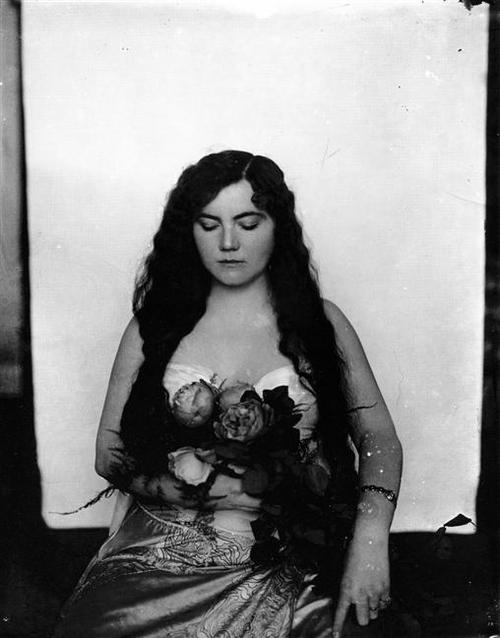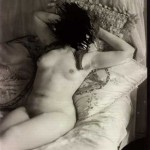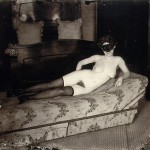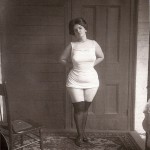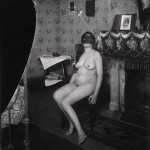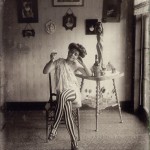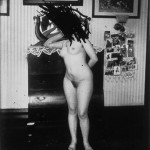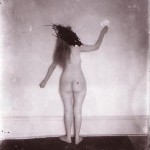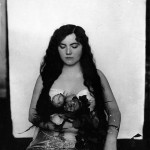New Orleans photographer Ernest J Bellocq has been a major influence on my work. Bellocq was a commercial photographer active in the early part of the 20th Century. The photos featured here are a small selection of images from 89 glass plate negatives found in his apartment after his death in 1949. They are believed to have been taken around 1912 and feature prostitutes from the legalised red light district known as Storyville that operated in New Orleans between 1897 and 1917.
The negatives turned up in Sal Ruiz’s antique shop around 1958 and were bought by Larry Borenstein (owner of the art gallery that was later to become jazz venue Preservation Hall). At the request of Borenstein, New Orleans photographer Dan Leyrer made a set of prints from the negatives in the early 1960s. Borenstein stored the Bellocq negatives in an old bathroom of the slave quarters behind Preservation Hall. Unfortunately, the negatives sustained water damage from a leaky roof during Hurricane Betsy in 1965.
Photographer Lee Friedlander acquired Bellocq’s glass plate negatives from Larry Borenstein in 1967 and exhibited the prints he made from them at the New York Museum of Modern Art in 1970. Friedlander used Printing Out Paper (silver nitrate solution on salted paper) and generally contact printed direct from the plates using sunlight (although some enlarged 16” by 20” Freidlander prints do also exist).
Friedlander, like Leyrer before him, printed and exhibited the entire image from each negative, although it is clear to any photographer who has ever cobbled together a home studio that the backgrounds shown suggest Bellocq intended to crop the images. A photograph of Bellocq’s home showing framed images also indicates that the pictures were supposed to be cropped and framed. As such, through his printing, Friedlander has added his own interpretation of the images that have now become famous. One of the only known prints made by Bellocq himself is of the reclining nude on sofa and is also heavily cropped. It is currently owned by The Metropolitan Museum of Art in New York.
It’s easy to dismiss how ahead of its time photographically Bellocq’s style was. The images, although posed, have an informal snapshot quality to them that is recognisable in the work of contemporary photographers, but these images where taken 100 years ago with a huge 8×10 plate camera at a time when photographic poses where highly formal! I urge you to check out more of his work.

 Posted on May 30, 2012
Posted on May 30, 2012
 by Stop Time
by Stop Time  0
0 